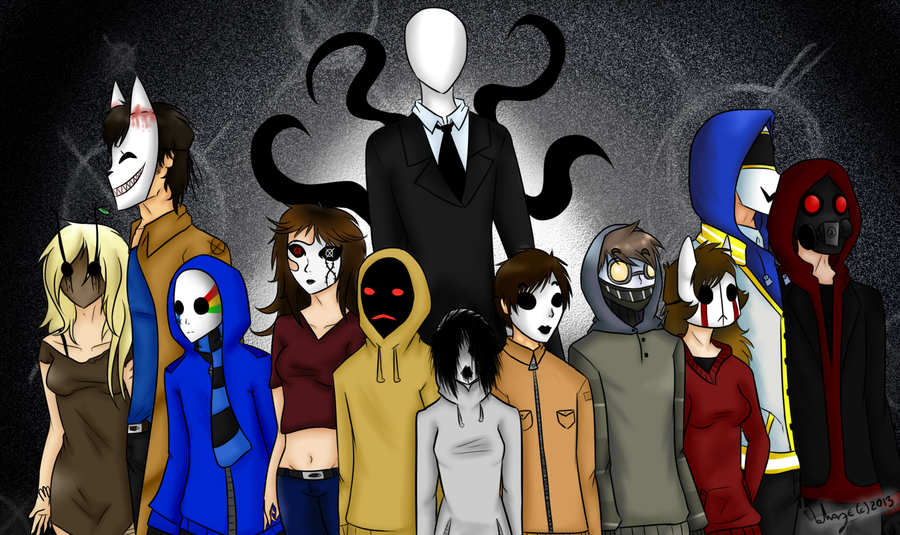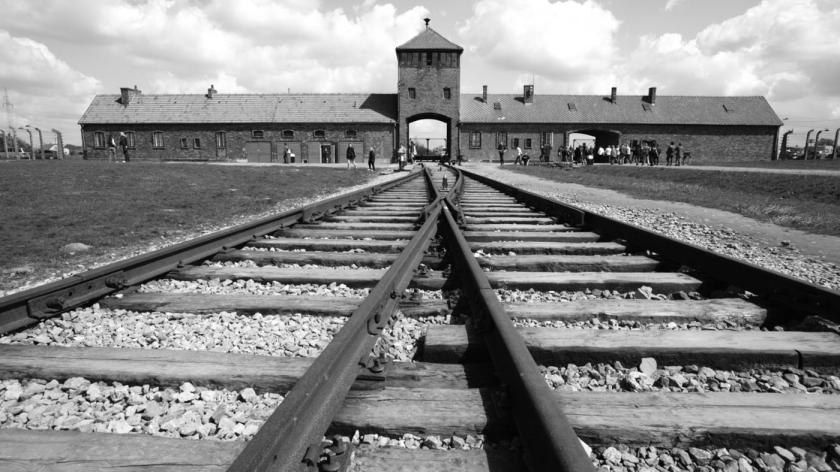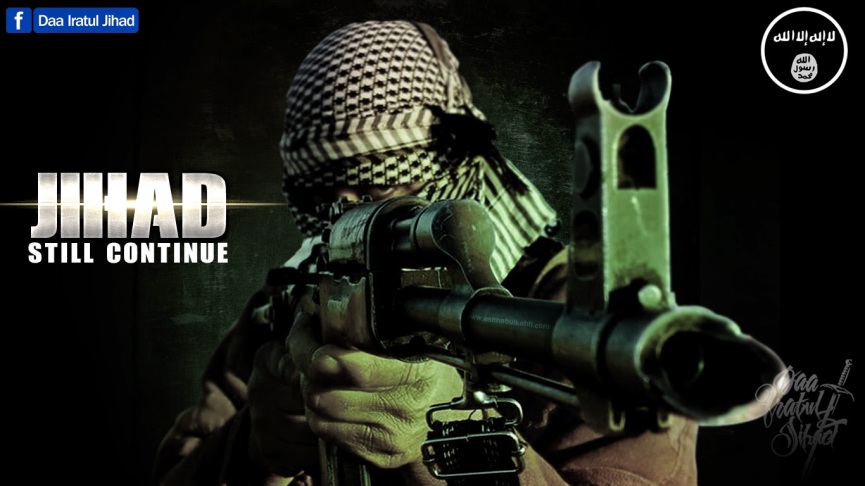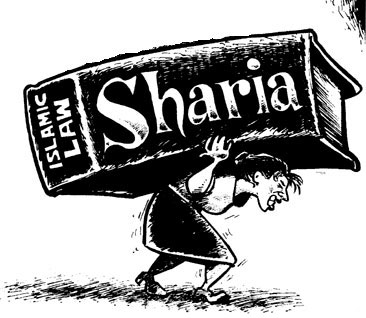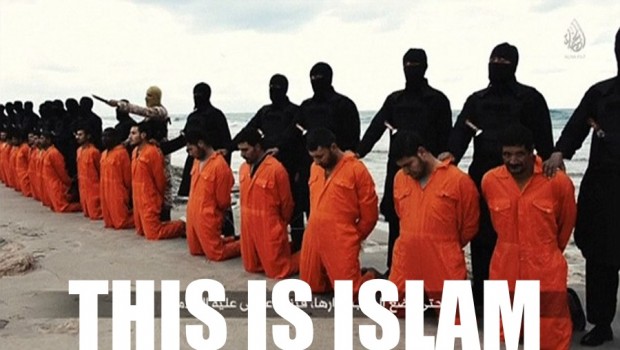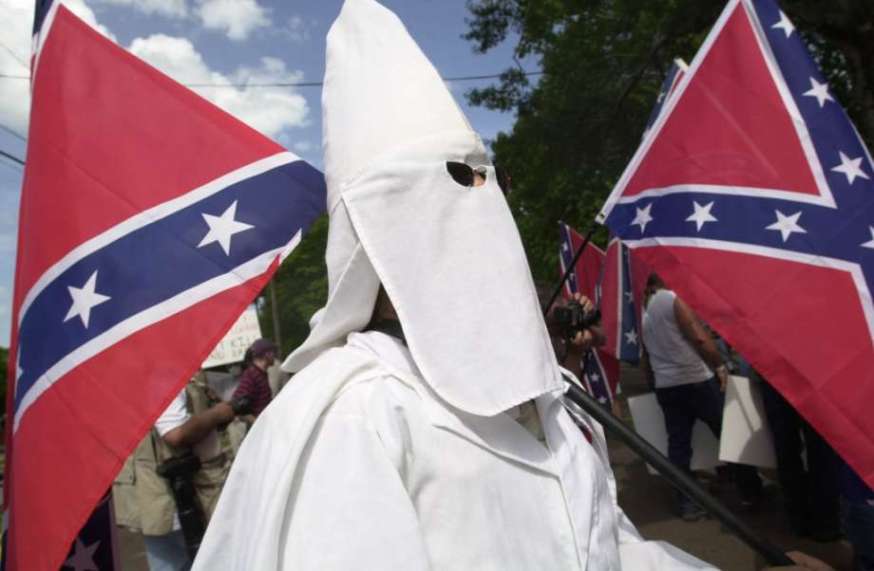Rick Sanchez is a fictional character from the American animated television series Rick and Morty, aired on Adult Swim. Created by Justin Roiland and Dan Harmon, the creators of the series, he is based on Doc from Back to the Future, and is a genius alcoholic scientist who acts the show’s main protagonist alongside his grandson Morty. Known for his reckless, nihilistic behavior and his pessimistic nature, the character has received generally positive reception.
He is referred to as Rick Sanchez C-137 by the Ricks from other timelines, in reference to his original timeline, C-137. Like Morty, the character is voiced by Roiland.
Rick Sanchez C-137 is the father of Beth Smith, and the grandfather of Morty and Summer Smith. Aged 60 years old, he is said to have been away from the family for around fourteen years prior to the events of the show’s first episode, “Pilot”. He frequently travels on adventures through space and other planets and dimensions with his grandson Morty. Rick was confirmed by Justin Roiland to be pansexual.
Rick is portrayed as a genius; utilizing his mathematical and scientific prowess in conjunction with apathy and egotistical cynicsm, he emerges safely from any situation, regardless of the consequences of his self-preservation. In “The Ricks Must Be Crazy” Rick reveals that he powers his flying car with a battery that contains a miniature universe whose inhabitants unknowingly provide the required electricity. Morty condemns this system as “slavery with extra steps.” When the inhabitants cease providing Rick with energy to power his car, as they have created a miniature universe for their own usage, Rick destroys their miniature universe, killing everyone inside. He does not demonstrate remorse for his action, but satisfaction when his original universe consequently begins powering his vehicle once again. Rick’s intelligence is portrayed to transcend that of metaphyiscal beings, as demonstrated in the episode “Something Ricked This Way Comes”, where he outsmarts Satan.
Rick displays his pessimistic mentality in the episode “Rick Potion #9”, in which he rejects the emotional aspects of love, claiming that it is “a chemical reaction that compels animals to breed.” When Rick and Morty irreversibly mutate all humans on Earth except for their family members, they abandon their original dimension, Dimension C-137 (and their family in that dimension), for a new one. Rick locates a universe in which the alternate version of himself has undone the damage inflicted by the love potion, but where the new dimension’s Rick and Morty have been killed, allowing the C-137 Rick and Morty to take their place. Despite Morty’s trauma concerning this knowledge, Rick is nonchalant about moving to the new dimension.
In the episode “Close Rick-counters of the Rick Kind”, after numerous Ricks in alternate dimensions are murdered, the Trans-Dimensional Council of Ricks accuses Rick C-137 and orders for him to be arrested. Rick C-137 finds himself captured by an “evil” Rick, but is saved by a legion of alternate-dimension Mortys led by Morty C-137.
In the first episode of the second season, “A Rickle in Time”, Rick nearly sacrifices himself to save Morty, but saves his own life when he realizes that doing so is possible. In the episode “Get Schwifty”, it is revealed that Rick was once in a rock band called the Flesh Curtains, alongside Birdperson and Squanchy. In the episode “Big Trouble in Little Sanchez”, Rick transfers his consciousness into a younger clone of himself, whom he calls “Tiny Rick”. He soon becomes anguished in his new body, and manages to return to his older true form, and murders a line of other clones he produced. In the second season’s finale, “The Wedding Squanchers”, Rick and his family attend Birdperson’s wedding, where Birdperson is betrayed and killed by his bride Tammy, a double agent for the Galactic Federation. The family is forced to inhabit an unusually small yet Earth-like planet, as they cannot return to Earth due to Rick’s status as a wanted criminal. Rick turns himself in to the Federation to allow his family to return home, and is incarcerated on a prison planet under the charges of having committed “everything”.
Rick’s catchphrase is “Wubba Lubba Dub-Dub”, first introduced in the episode “Meeseeks and Destroy”. In Birdperson’s native language, the catchphrase translates to “I am in great pain, please help me”.
It is often hinted that Rick has been hopping dimensions so much more than anyone thinks to the point of “abandoning and destroying everything” numerous times to the point of getting used to it. In “Close Rick-counters or the Rick Kind” and “Get Schwifty” Rick can be seen holding and caressing a baby Morty when he was meant to still be missing long before Morty was even born. There has been much speculation surrounding this discrepency. One fan theory suggest that “evil” Morty is the true “Morty C-137.” This theory, however, has been neither explicitely supported by canonical events, nor confirmed by the writers.

